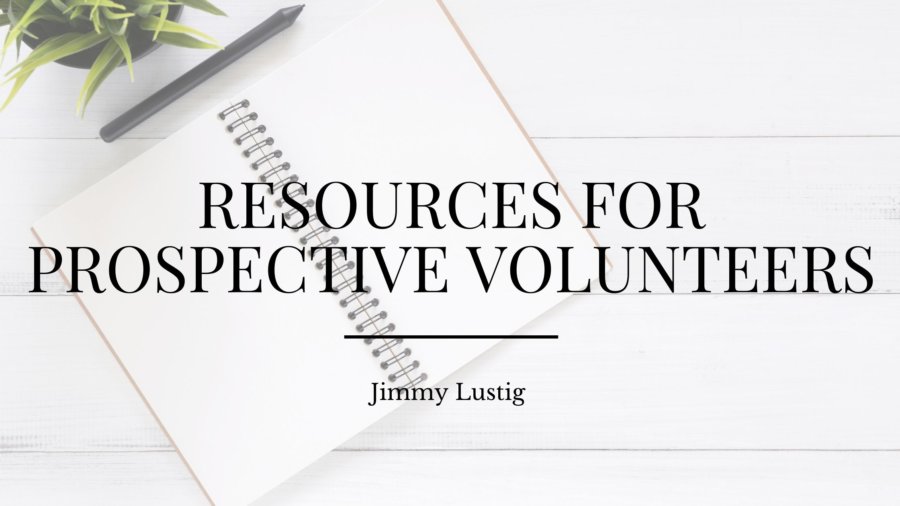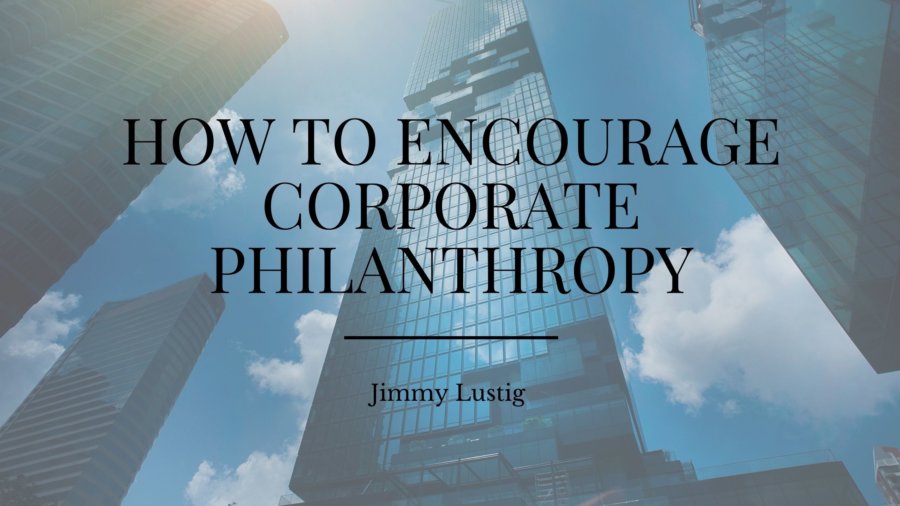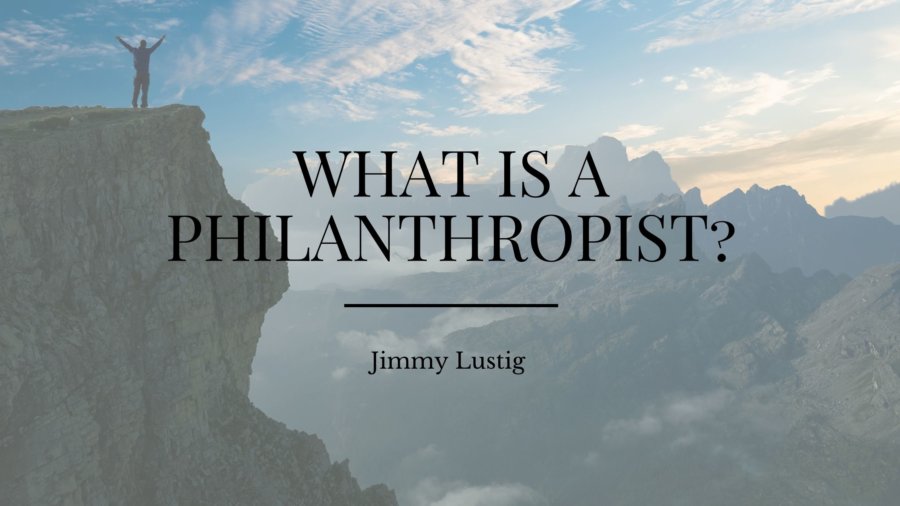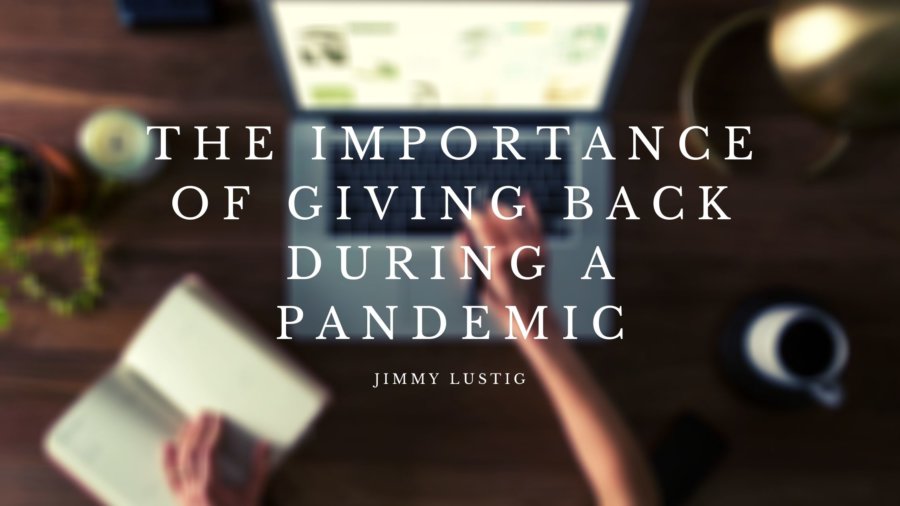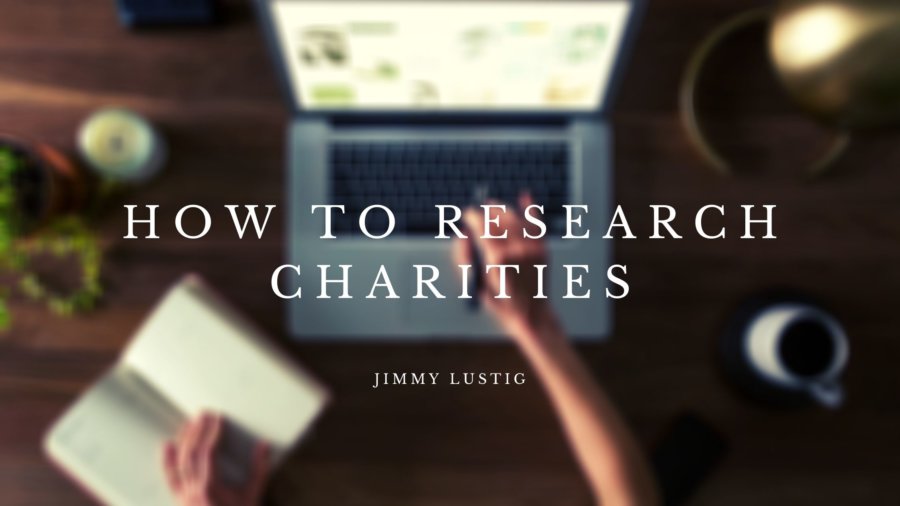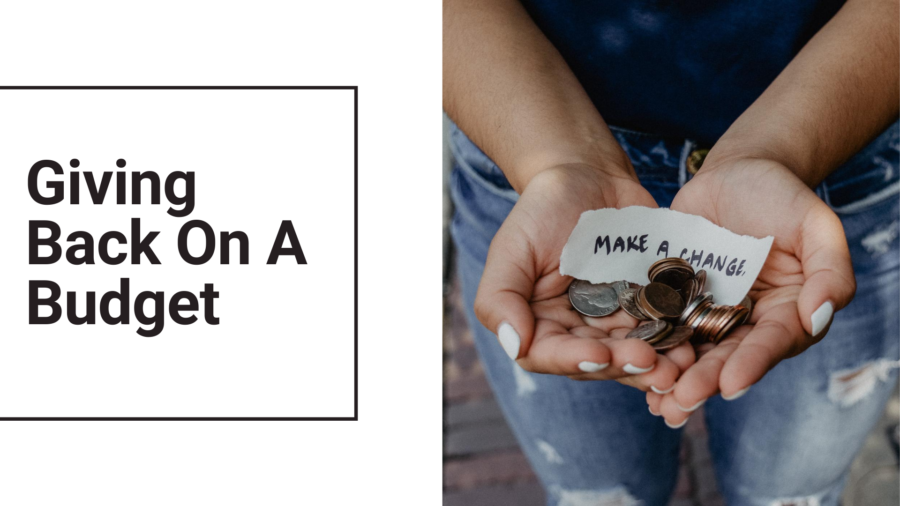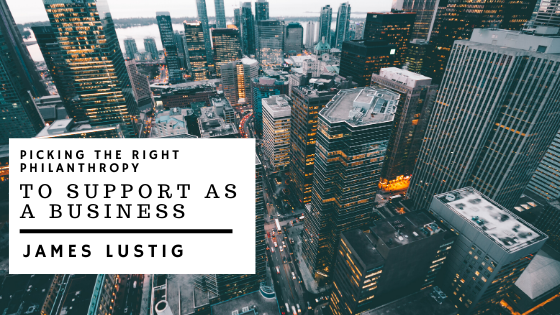Muhammad Ali once said, “Service to others is the rent you pay for your room here on Earth.” Service work enriches the human experience. However, for the novice, it can be overwhelming. How do you begin? Where do you go? The United States Government has a website of resources to steer potential volunteers in the right direction.
The basic components of this website are as follows:
Volunteering in a Tough Economy
These are unprecedented times. Volunteering is more important than ever. Explore strategies to make the most of these challenges.
Building a Service Strategy in your State or City
States, cities, and individual communities bring unique, local perspectives to maximize a strategy’s efficacy. Reach out to these boots on the ground.
Developing a More Diverse Volunteer Base
Ours is a diverse country that prides itself on such a mosaic. In order to best achieve results, we need to mobilize everywhere, with everyone. Impact volunteering is one such example of how we can best engage in specific demographics with specific needs.
Volunteer Self-Organizing
Give power to the people, and they will rise to the challenge. Do not fear delegating. Everyone must play their part.
Recruitment
A strategy exists for every potential volunteer, particularly mobilizing young adults and/or college students. Be mindful of your target audience and how to best approach them. Consider appointing volunteer coordinators.
Retention
Bringing people to the table means nothing if they won’t sit down to eat. Make your opportunities so enticing they feel compelled to stay, knowing they will make a difference and be fulfilled.
Human Capital Strategies
While time is money, sometimes actual currency is required. Learn how to secure funding and also explore pro-bono options.
Cost-Effective Volunteering
There are indeed tax benefits for volunteering and other ways to ensure a minimal startup cost. Various financial incentives support philanthropic endeavors. Networking is key.
Voluntourism
Why be a tourist when you could be a voluntourist? Developing a mutually beneficial voluntourism program in your community can broaden horizons while exploring different opportunities in different spaces. This makes an ideal situation for shared communities.

